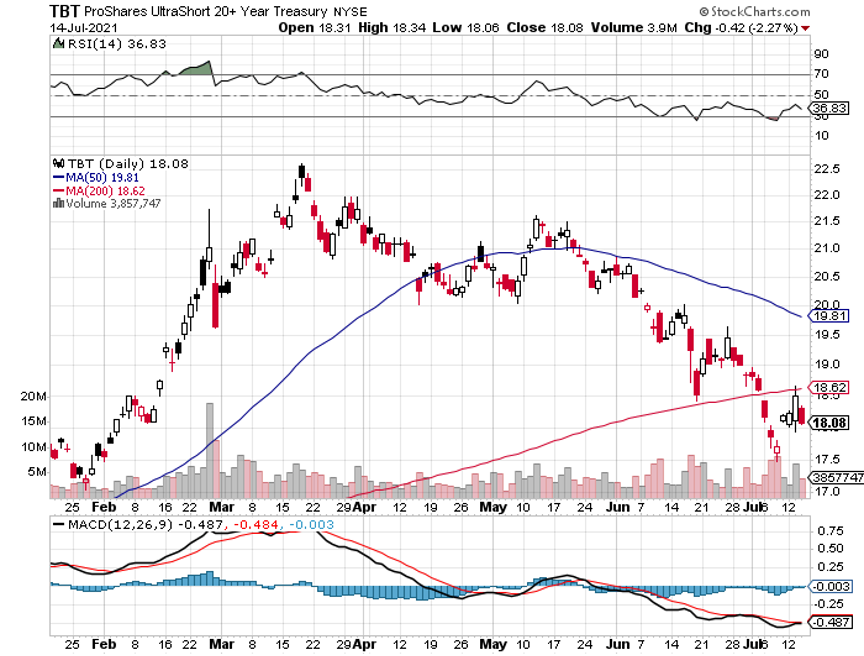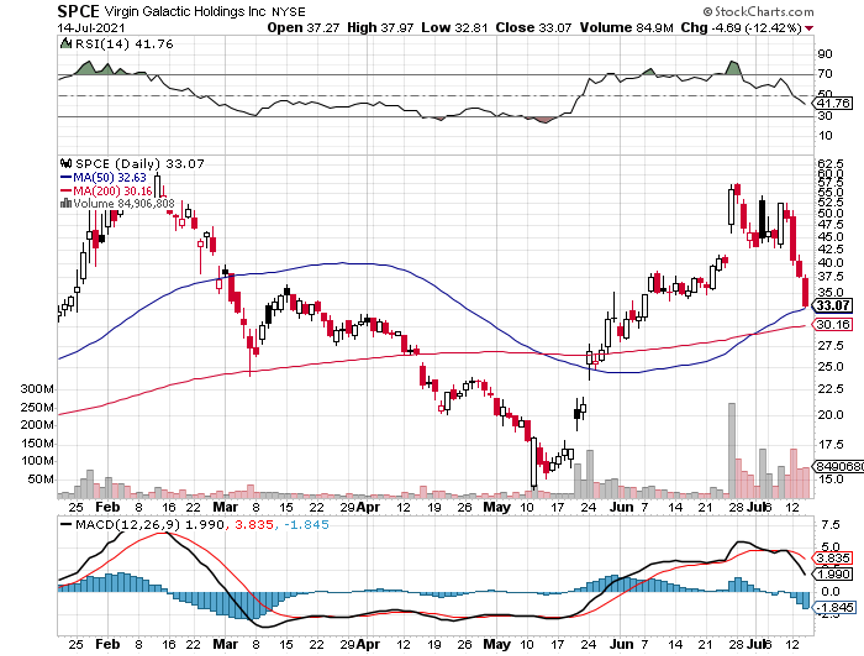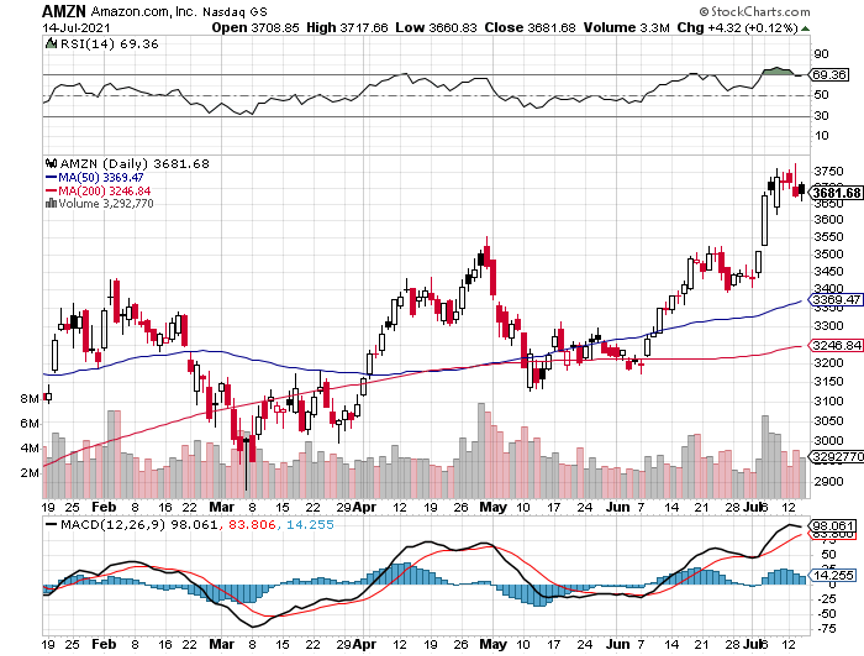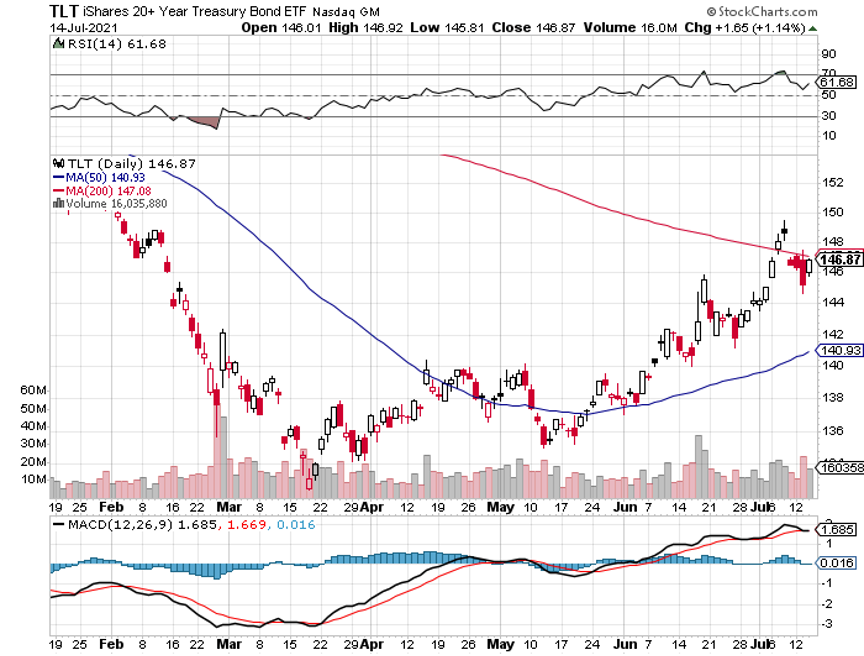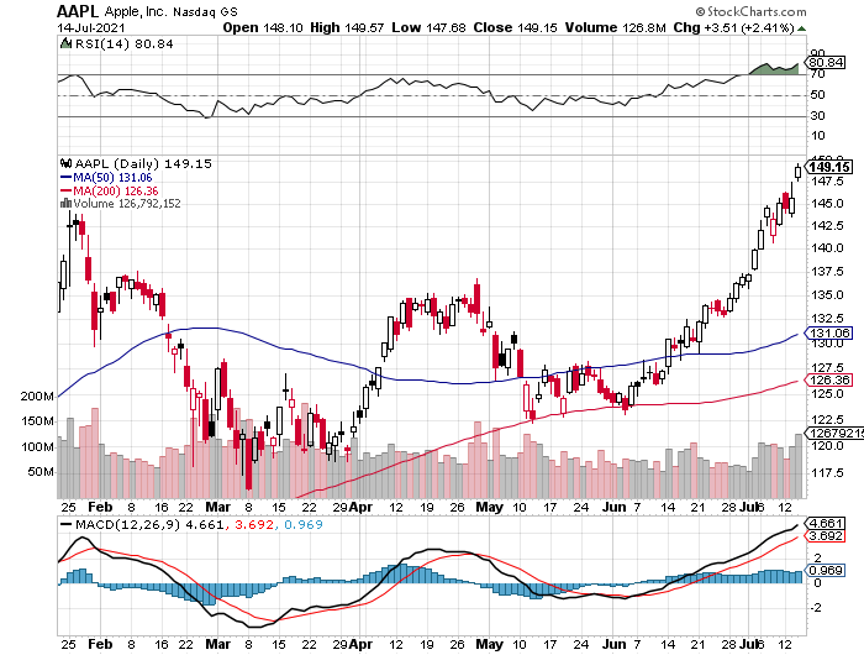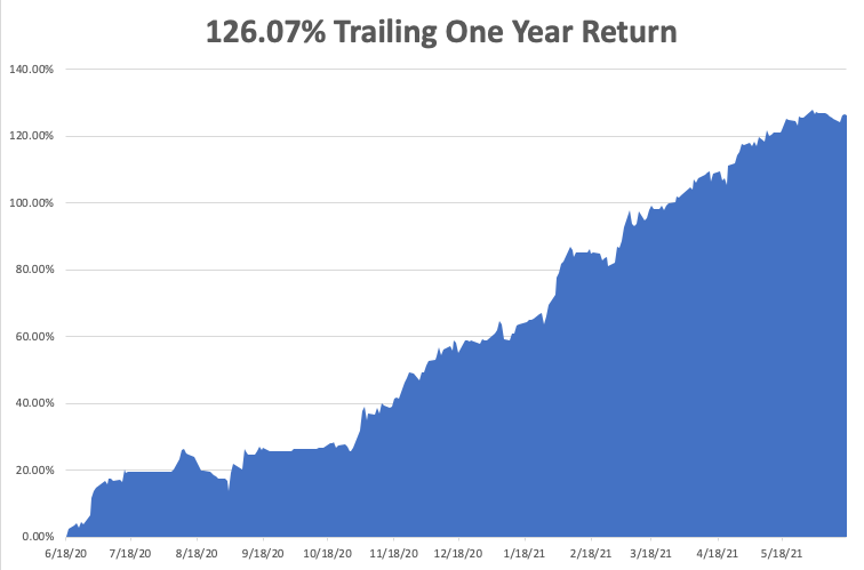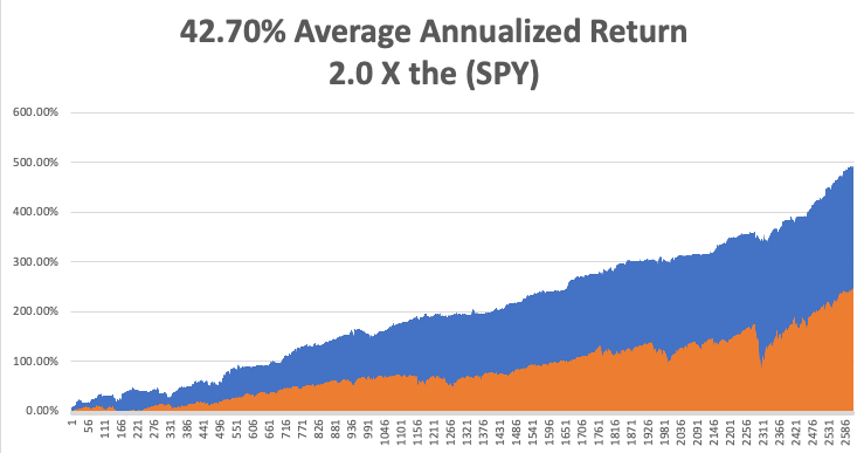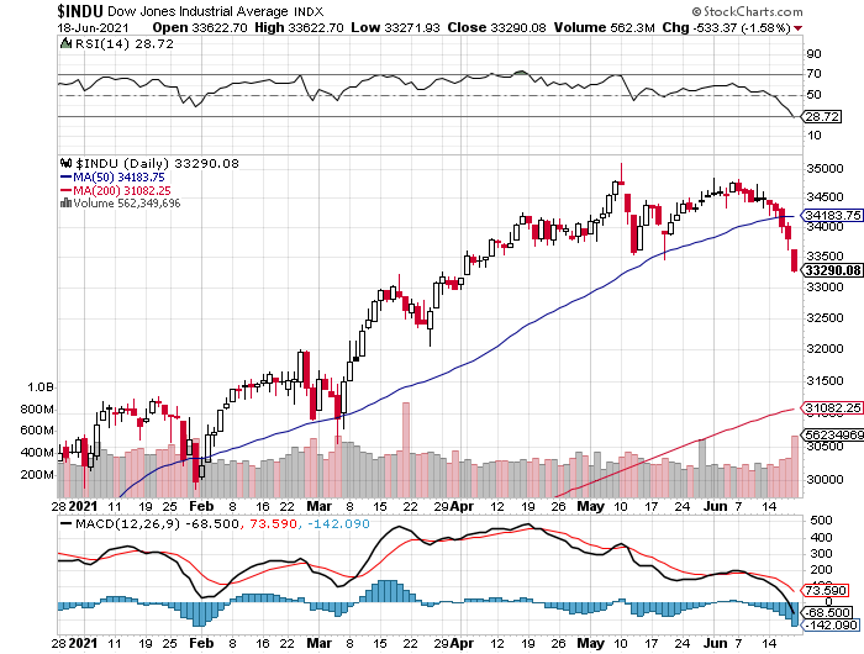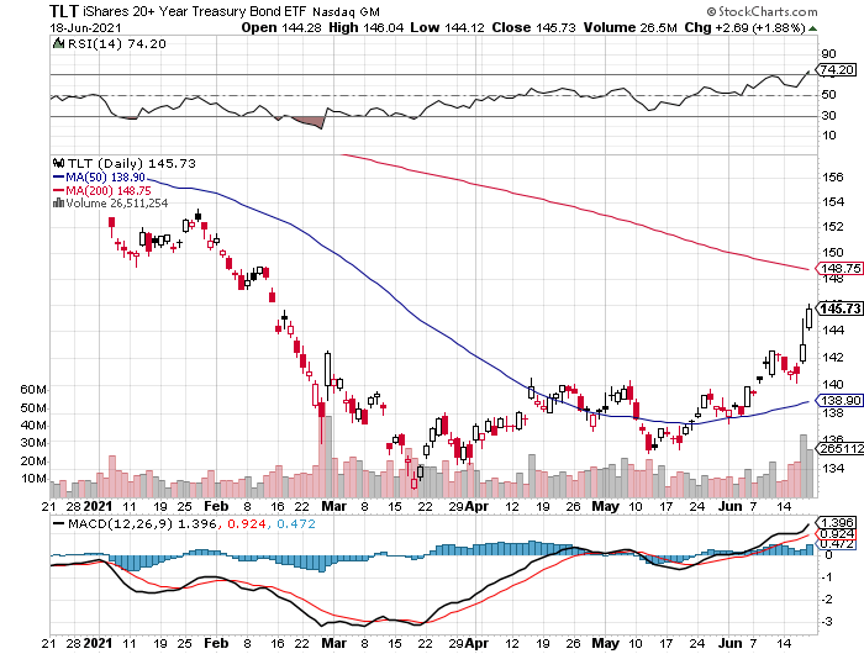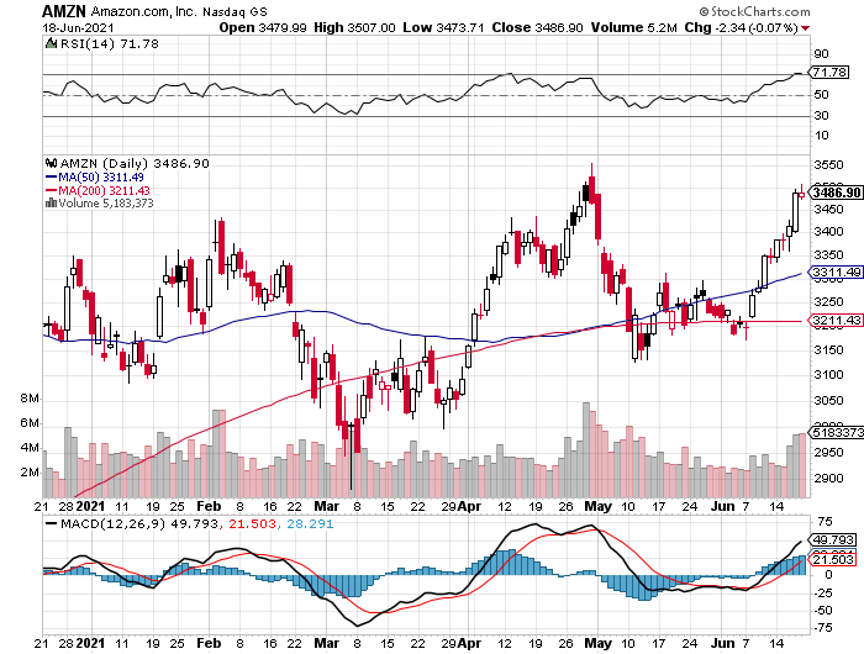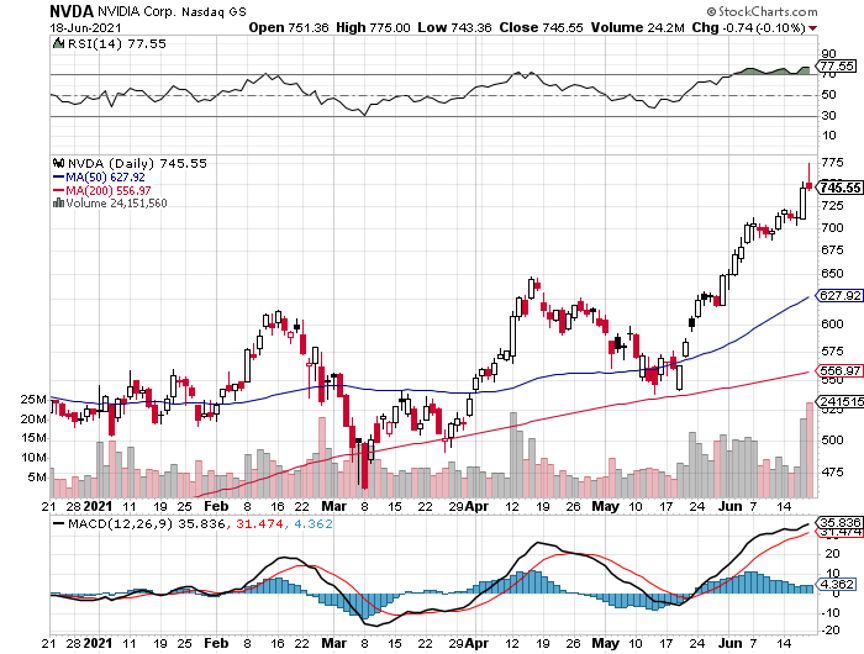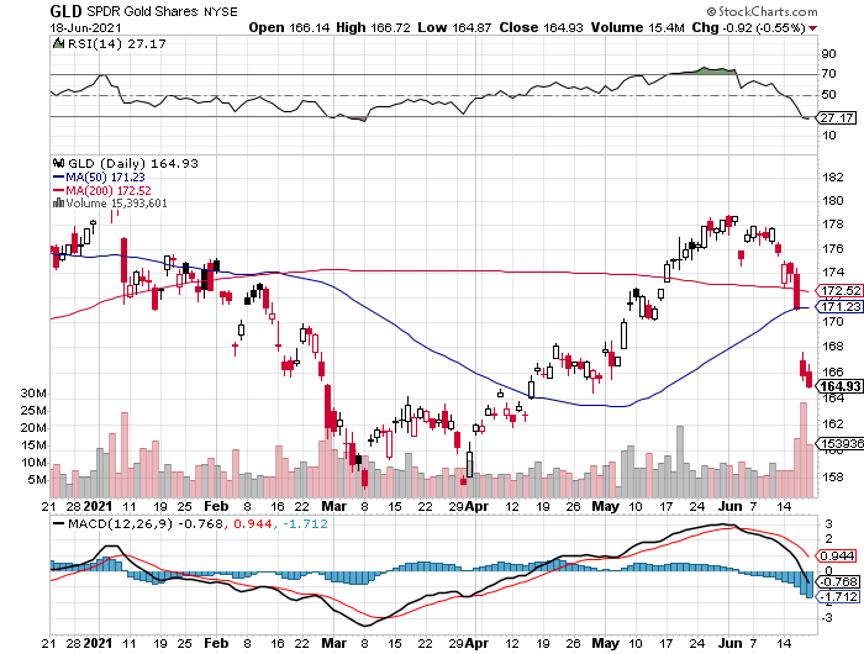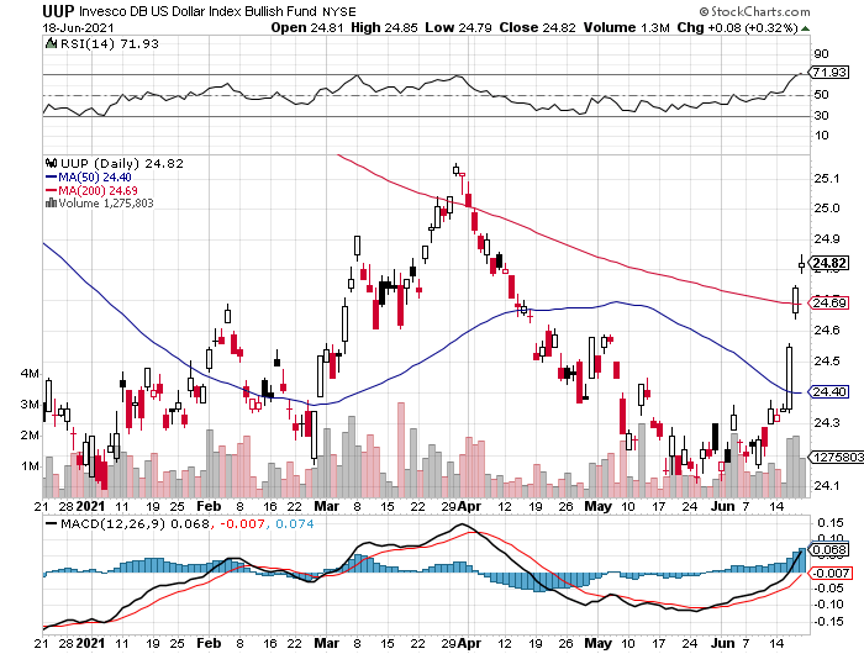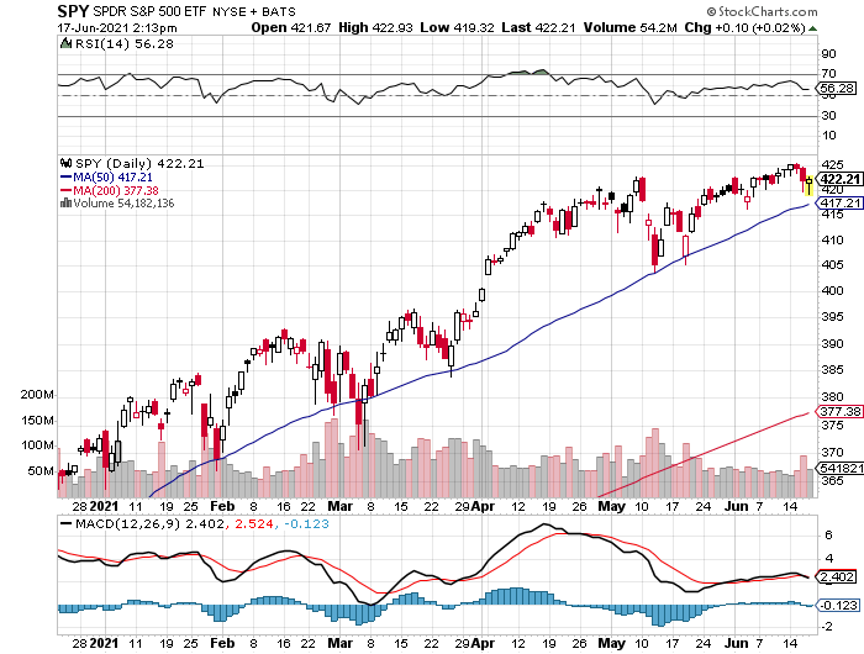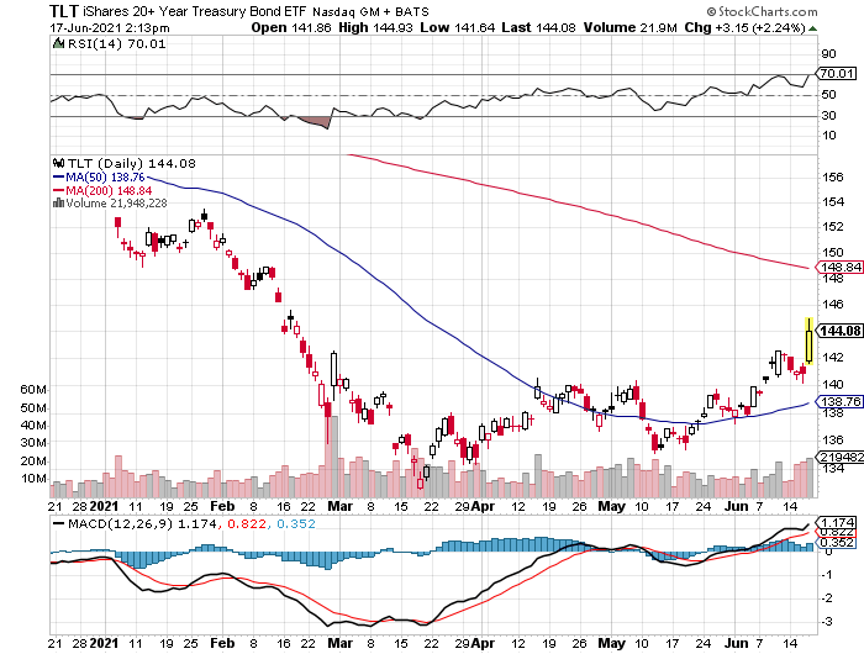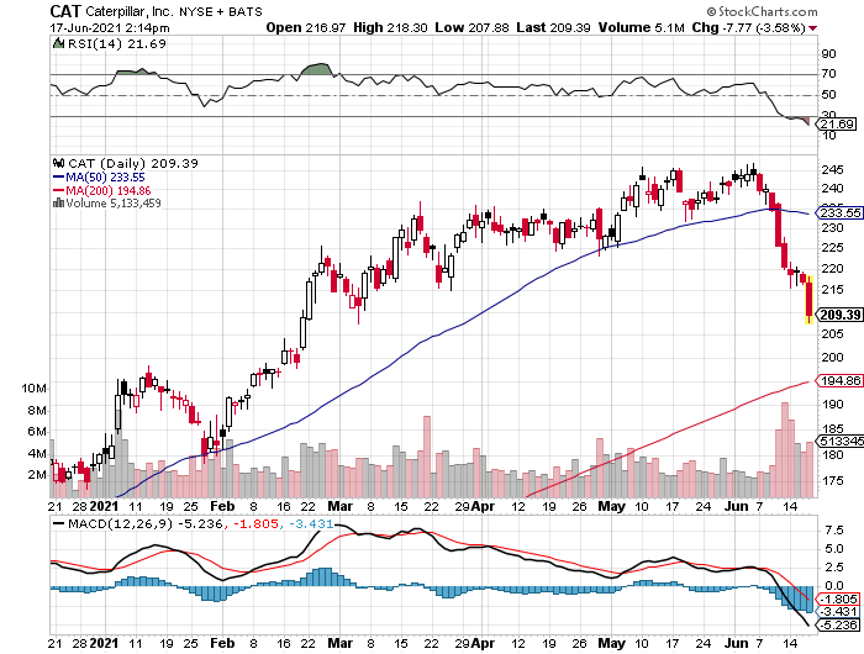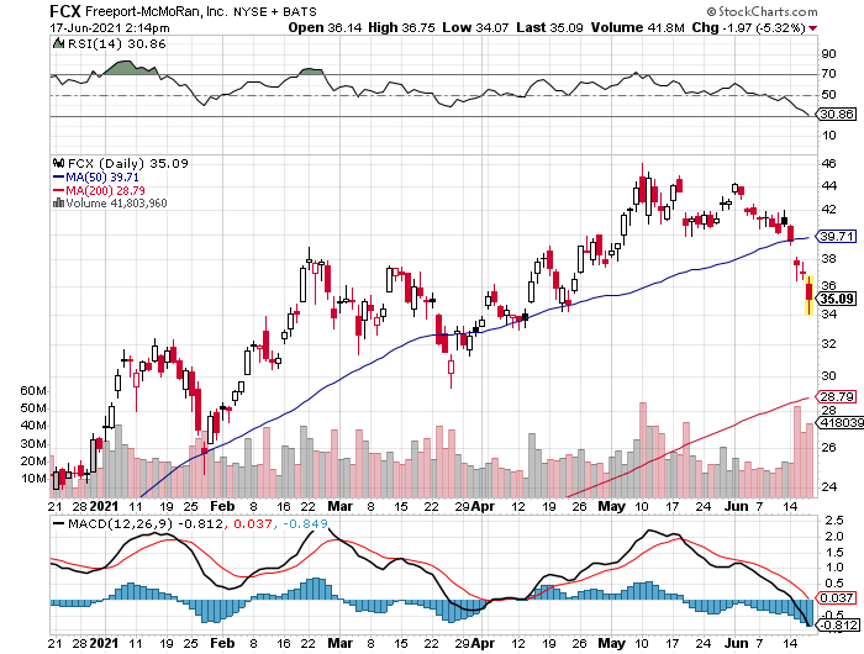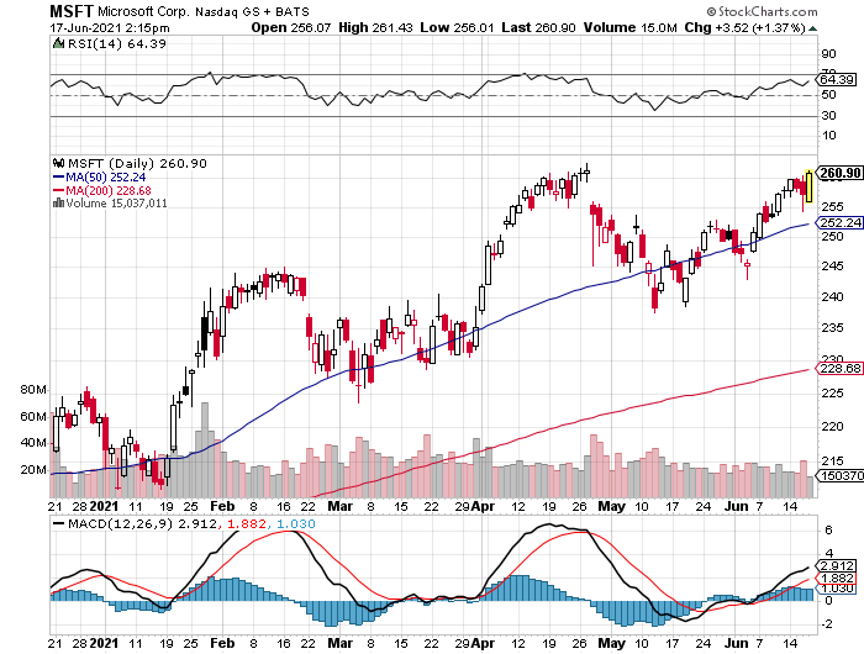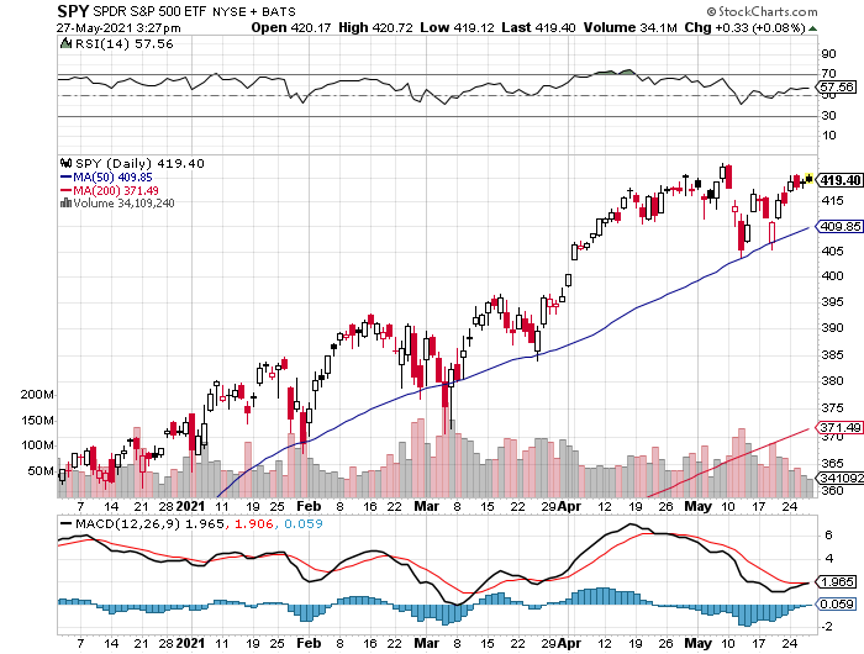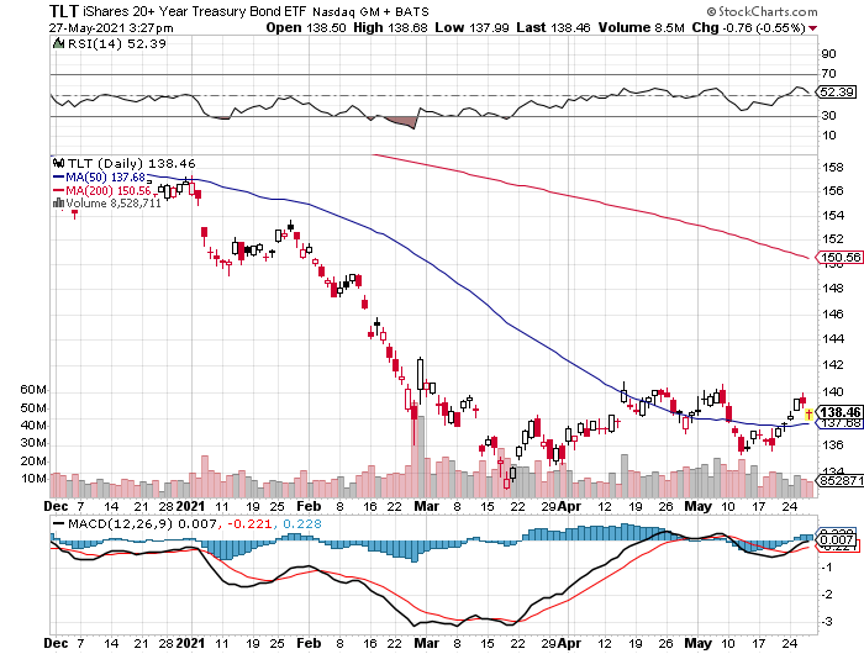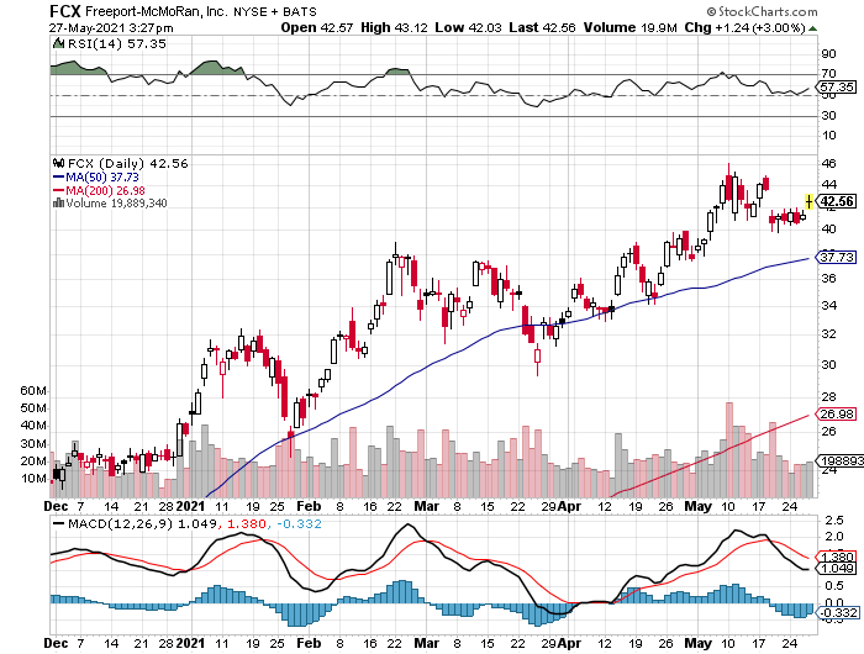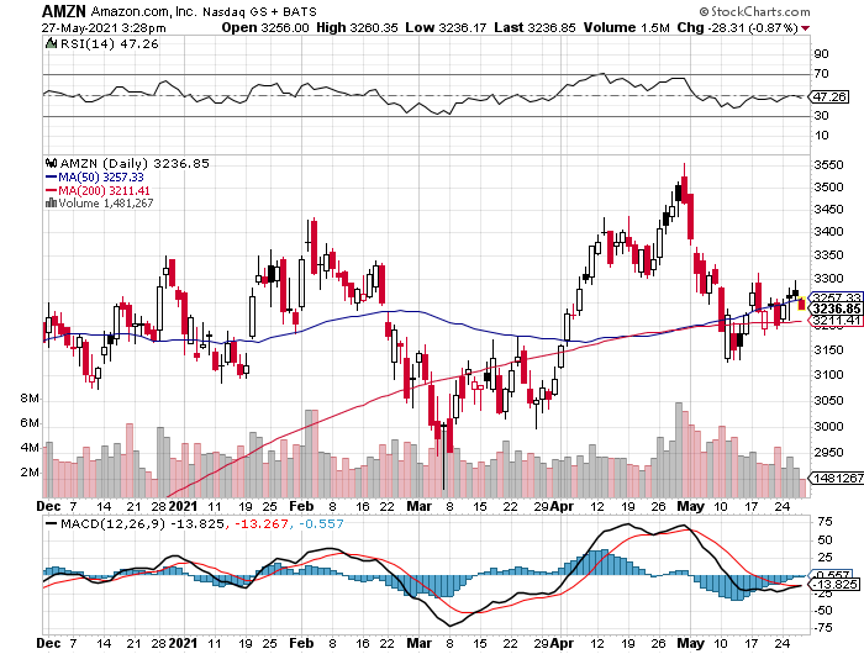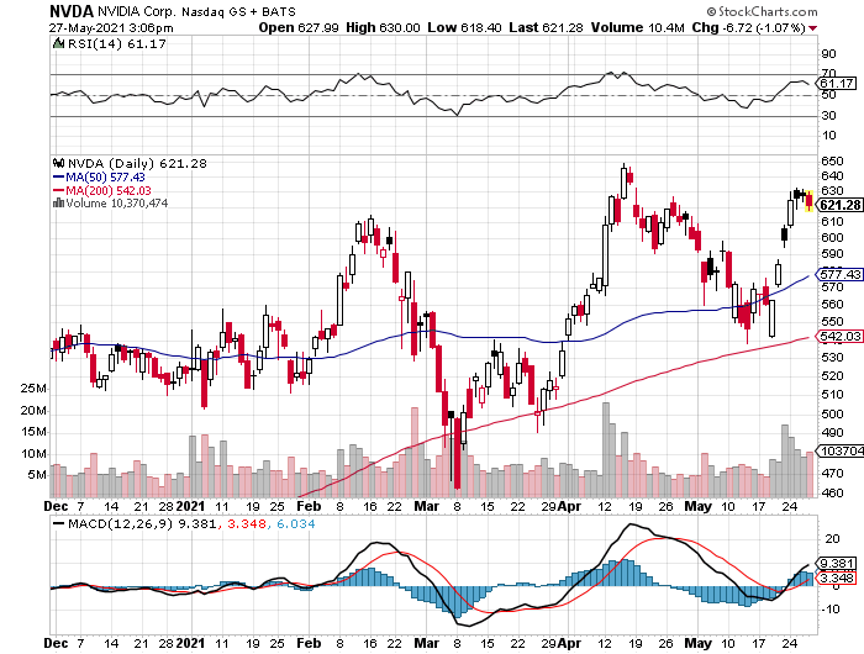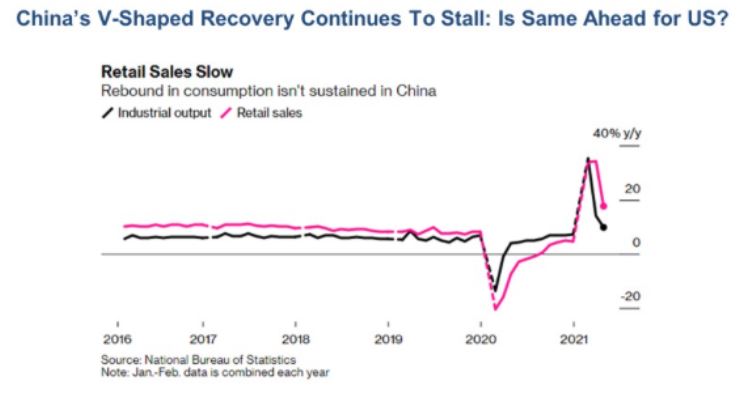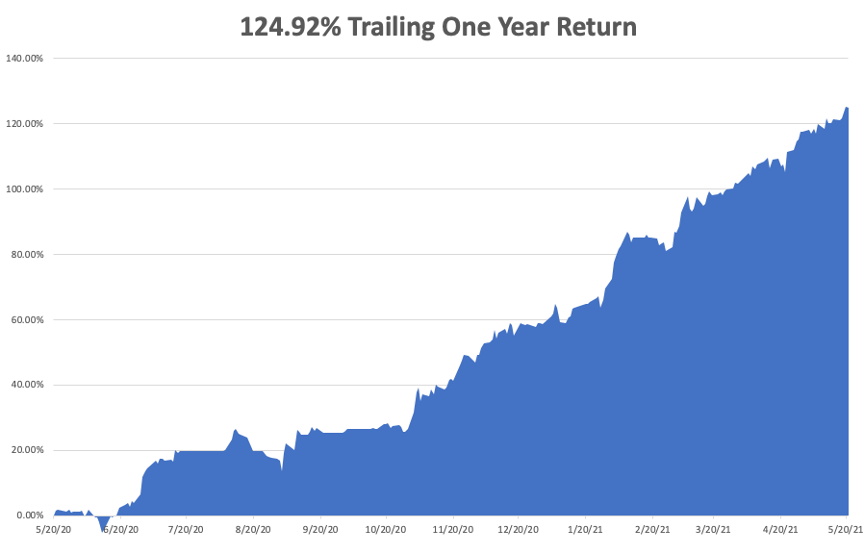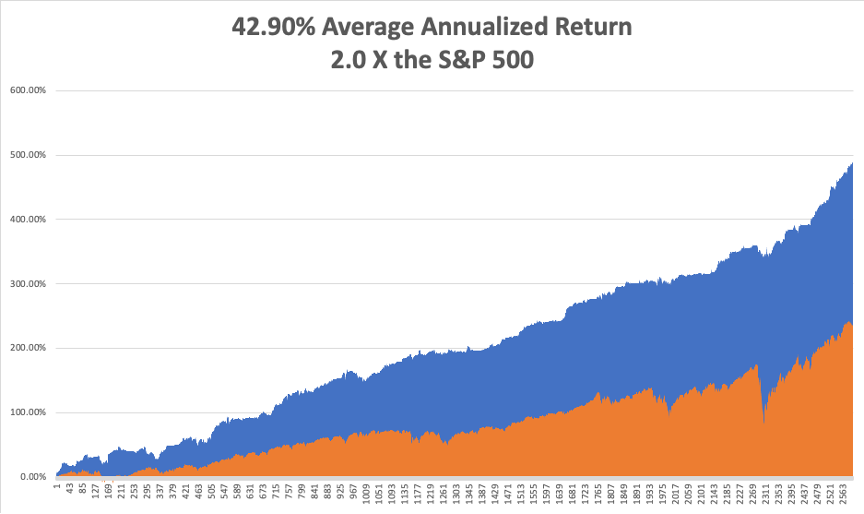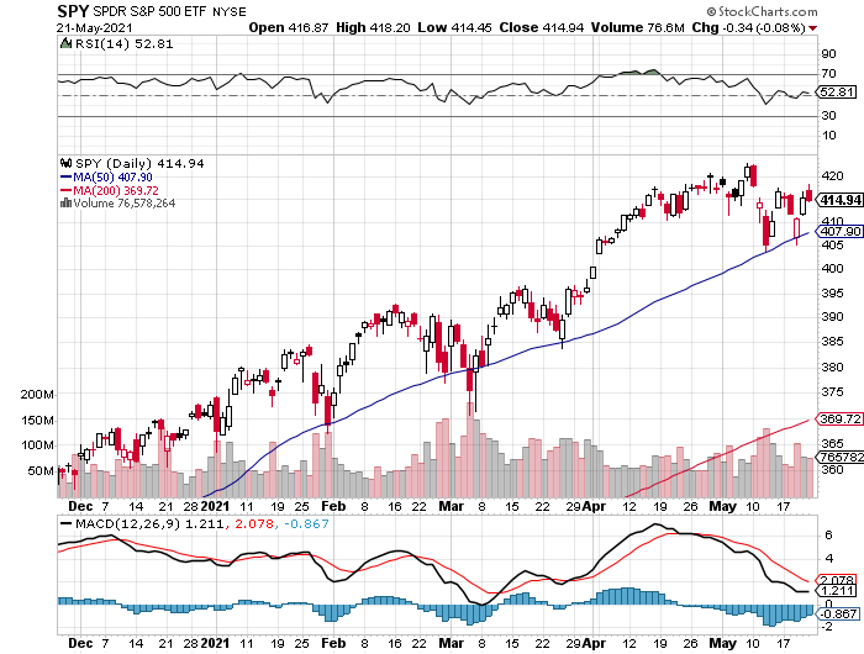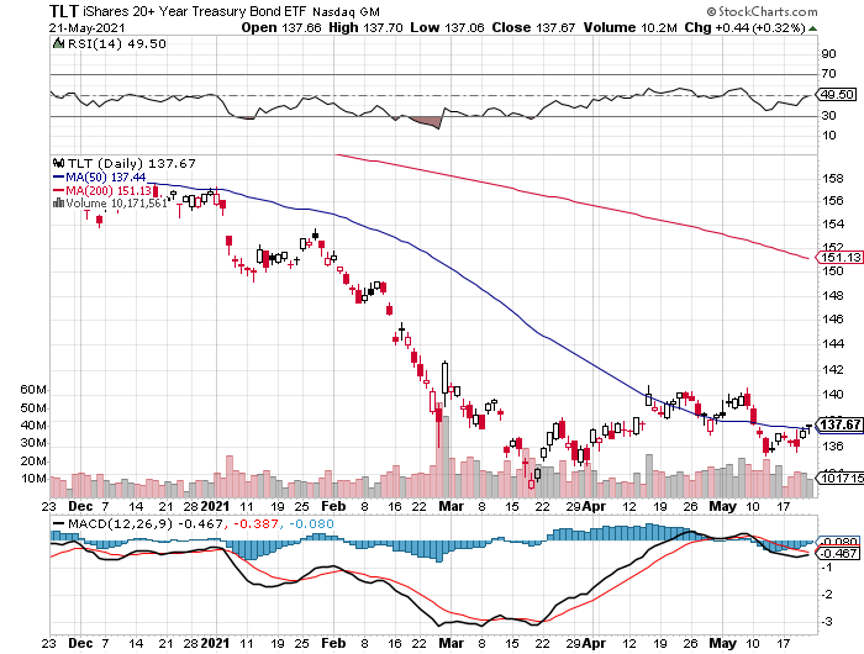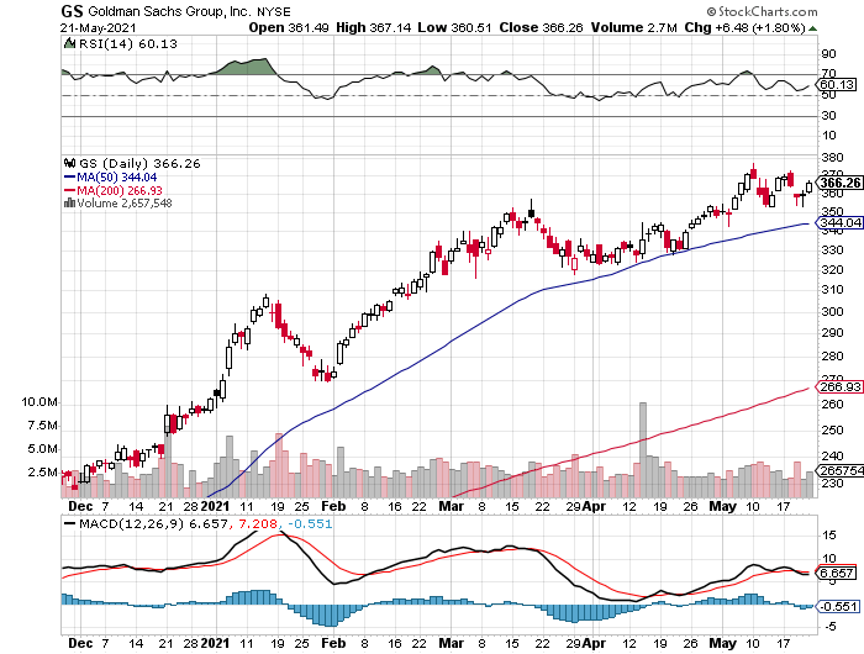Below please find subscribers’ Q&A for the July 14 Mad Hedge Fund Trader Global Strategy Webinar broadcast from Lake Tahoe, NV.
Q: Which banks are best?
A: JP Morgan (JPM), Morgan Stanley (MS), and Goldman Sachs (GS). That's the trifecta. If you look at the charts, the brokers Morgan Stanley and Goldman Sachs are overwhelmingly outperforming everyone else. They will continue to do that, as the bull market in stocks is a money machine for them.
Q: What has caused interest rates to continue to drop so much in the last 1-2 months? Why are you confident you will see them rise from here on?
A: The reason they've dropped so much is there is a bond shortage (TLT). There is more demand for bonds and reach for yield around the world than the US government is able to supply. Therefore, the US government should do more borrowing and issue more bonds. That's what the market is telling them to do. When your 10-year yield goes to 1.2%, the message is that you're not borrowing enough, not that you're borrowing too much. How does this end? Eventually, the sheer volume of bond issuance will reach global demand. And we will also see some inflation, not much but some, and that will be enough to take us back up to the 1.75% yield that we had in March. I think we will see that by the end of the year, especially if the Fed tapers and cuts back at least the mortgage bond purchases, which is $40 billion/month. Why subsidize housing when there are nationwide bidding wars?
Q: Are you positive on CRISPR Technologies (CRSP)?
A: Yes, but it is a long-term play and I recommend the LEAPS on those that go out to 2023. That said, we did just have a big rally up to the 140s from the 100s so that 40% was pretty good. But that's the way these small biotech’s trade you get long periods of no movement and then sudden explosive moves to the upside when they make a breakthrough.
Q: Are we going to see inflation?
A: We will have some inflation; but the major component of inflation now is used cars and rental cars, which are up 100% year on year, and that is totally unsustainable. That means a year from now, increase in used car prices will be zero, and will actually be a big drag on inflation. So that's what the Fed means when they say that any inflation will be temporary as we go through these tremendous YOY comparisons when demand goes from zero to near infinite. And that's happening in many sectors of the economy right now. You never get rich betting against a 40-year trend, and for inflation that is down.
Q: Has the market peaked for the short term?
A: My bet on a short-term peak is the last week of July when all the big tech companies report. And then we classically get reasonable selloffs after that—buy the rumor, sell the news. That's our next entry point for long positions in this market. Since the presidential election, the index has been unable to drop more than 4.8% as there is so much money on the sidelines trying to get in.
Q: Should I be max long ProShares Ultra Short Treasury Bond Fund (TBT) LEAPS?
A: Just make sure they’re long-dated LEAPS—at least six months to a year or longer. That way you have plenty of time for them to work. The current return on the (TBT) June 2022 $17-$19 vertical bull call LEAPS at $0.75 is 166%.
Q: What’s the chance of Biden’s budget passing?
A: 100%. It’s just a question of how much will be in there—we’re at $597 billion on infrastructure and $3.5 trillion for the rest of spending. That gives you a $4.1 trillion budget for the next fiscal year starting October 30, which is the biggest in history and biggest since WWII on an inflation-adjusted basis. That will go through and keep the stock market percolating for several more years. Dow $240,000 here we come!
Q: Would you sell calls against Apple (AAPL) today?
A: I would, I would do something like the August $165’s. Even then, it’s a high-risk trade because Apple has been on such a parabolic move for the last 2 months. So do that at your own risk; notice I’m not putting out trade alerts telling you to short Apple in any way shape or form. My target for the yearend is $200.
Q: Will Tesla (TSLA) use QuantumScape (QS) batteries to make their own solid-state ones?
A: Tesla will make their own solid-state batteries They are far ahead of QuantumScape with their own technology and eventually, they will wipe them out. So, I am not recommending QuantumScape—they are 10 years behind Tesla. Sorry, I didn’t make that clearer in my research piece.
Q: When do you expect the 7% drop in the market?
A: August/September is usually when the market bottoms. Let’s see if we get it this time. Predicting down moves has been somewhat of a fool's errand in a market when you have infinite QE, infinite fiscal stimulus, infinite monetary stimulus, and the highest economic growth in history. And again, I am upgrading my 10-year forecast for the market; I’m not looking for a Dow 120,000 by 2030 anymore, I’m looking for a Dow 240,000, and when you’re still at only a measly 34,933, you don’t get many 7% drops. In fact, we’ve had none since the election.
Q: Could Tesla make an all-time high by the end of the year?
A: Yes, especially if they make progress on the solid-state batteries. Tesla (TSLA) tends to have sideways periods that can last years and then explosive moves to the upside. It almost trades like a biotech stock.
Q: Is Virgin Galactic (SPCE) a buy here off the back of their successful rocket launch last week?
A: No, any business dependent on retail sales of tickets at $250,000 each has absolutely no chance of ever making a profit in its life. As much as I like Richard Branson, who I used to fly with, the fact is that this business will never make money. It's more of a public relations vehicle for all of the hundreds of Virgin Brands. They’ll never get the cost low enough to make this economic for the average person. Spaceships aren’t cheap, and they don’t sell them at Costco. In fact, you notice that after the rocket launch, the stock dropped 20%. However, if they do drop the price to $100,000 even I might buy a ticket but only if they let me fly the thing.
Q: What is your favorite FANG stock other than Apple?
A: It is Amazon (AMZN). I think it hits $5,000 by the end of the year. If they try to break it up it’ll be worth $10,000, which it will get to eventually (in like 5 years) anyway. They just have absolutely everything working there.
Q: Why is Alaska the worst state to do business in?
A: Well, first of all, it’s only habitable for like 6 months of the year, and otherwise it’s too cold and heating bills are enormous. Also, nothing is produced in Alaska besides tourism and oil, which is subject to enormous volatility. They actually canceled the oil payouts for Alaskan citizens last year. Anything else you want to do in Alaska requires transportation costs from the US. So essentially there are 49 other better states to bring business ideas to.
Q: Will Amazon ever split their stock?
A: No, there's no reason or net benefit to it. Jeff Bezos has never been prone to financial engineering because he never needed to. Natural earnings growth was always so enormous he didn’t need to bother with any of these side games to jack the stock price. So, I would say “no” on a stock split.
Q: In a two-year LEAPS, you’re taking a long position, yes?
A: When you do a LEAPS spread, you're buying a 1-2 year call and you’re selling short a 1-2 year call against it. That cuts your price by ⅔ and increases your leverage by a factor of 3 and is a far greater risk/reward than just buying the 2-year call outright. If you want to learn more about LEAPS, send us an email about the Mad Hedge Concierge Service that is by application only.
Q: When is the recording up?
A: About two hours.
Q: Do you still love Freeport McMoRan (FCX)?
A: Yes, it’s taking the inflation vacation right now with the rest of the commodities, but I expect it to come roaring back by the end of the year. Electric vehicles need 200 pounds of copper compared to only 20 pounds for internal combustion cars.
Q: Thoughts on FireEye (FEYE)?
A: Yes, we love FireEye along with the rest of the cybersecurity plays, so buy on the dips. Hacking is a growth market and will never go out of fashion. BUY (PANW) and (HACK) on dips.
To watch a replay of this webinar with all the charts, bells, whistles, and classic rock music, just log in to www.madhedgefundtrader.com, go to MY ACCOUNT, click on GLOBAL TRADING DISPATCH or TECHNOLOGY LETTER, then WEBINARS, and all the webinars from the last ten years are there in all their glory.
Good Luck and Stay Healthy.
John Thomas
CEO & Publisher
The Diary of a Mad Hedge Fund Trader



